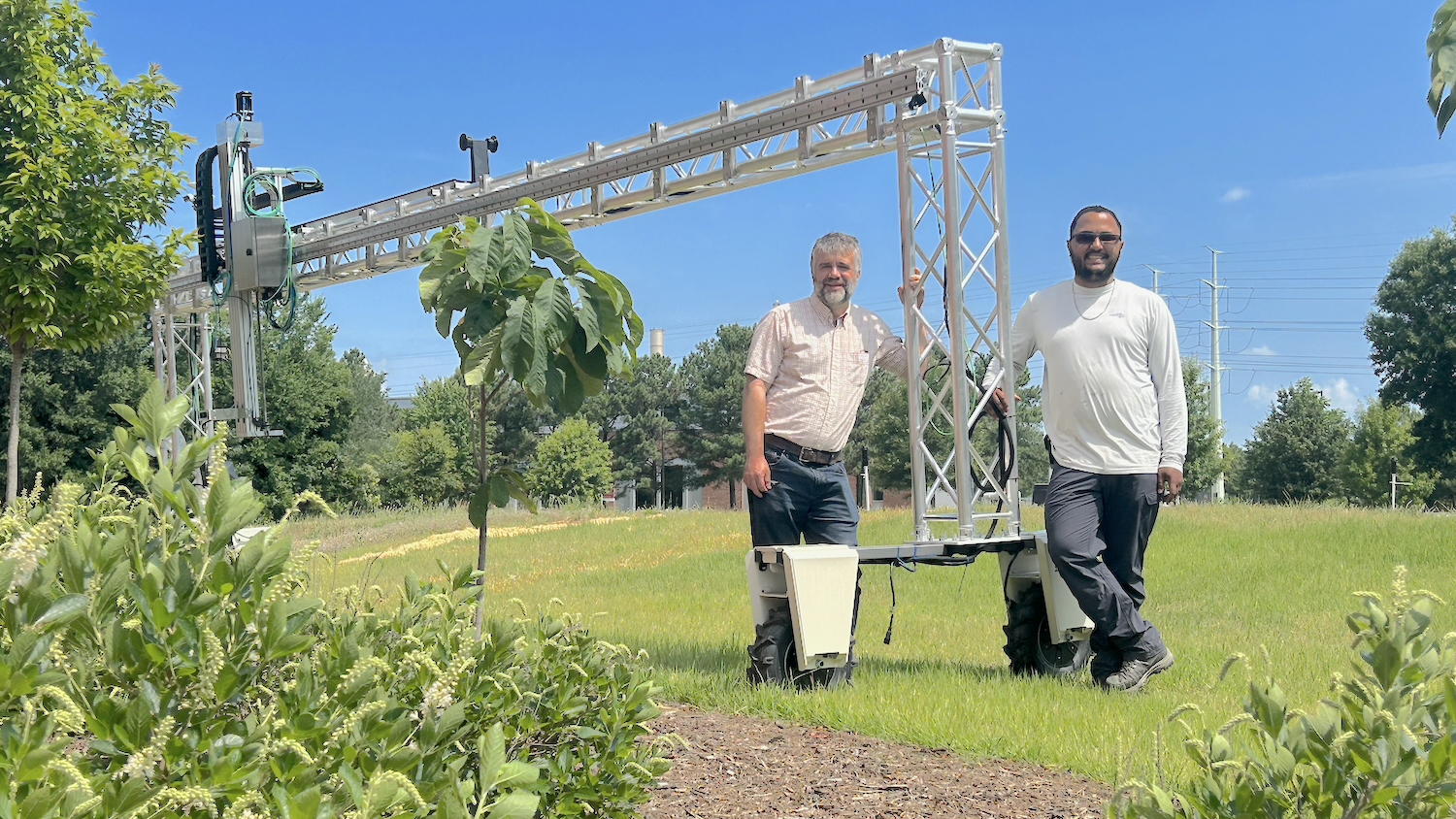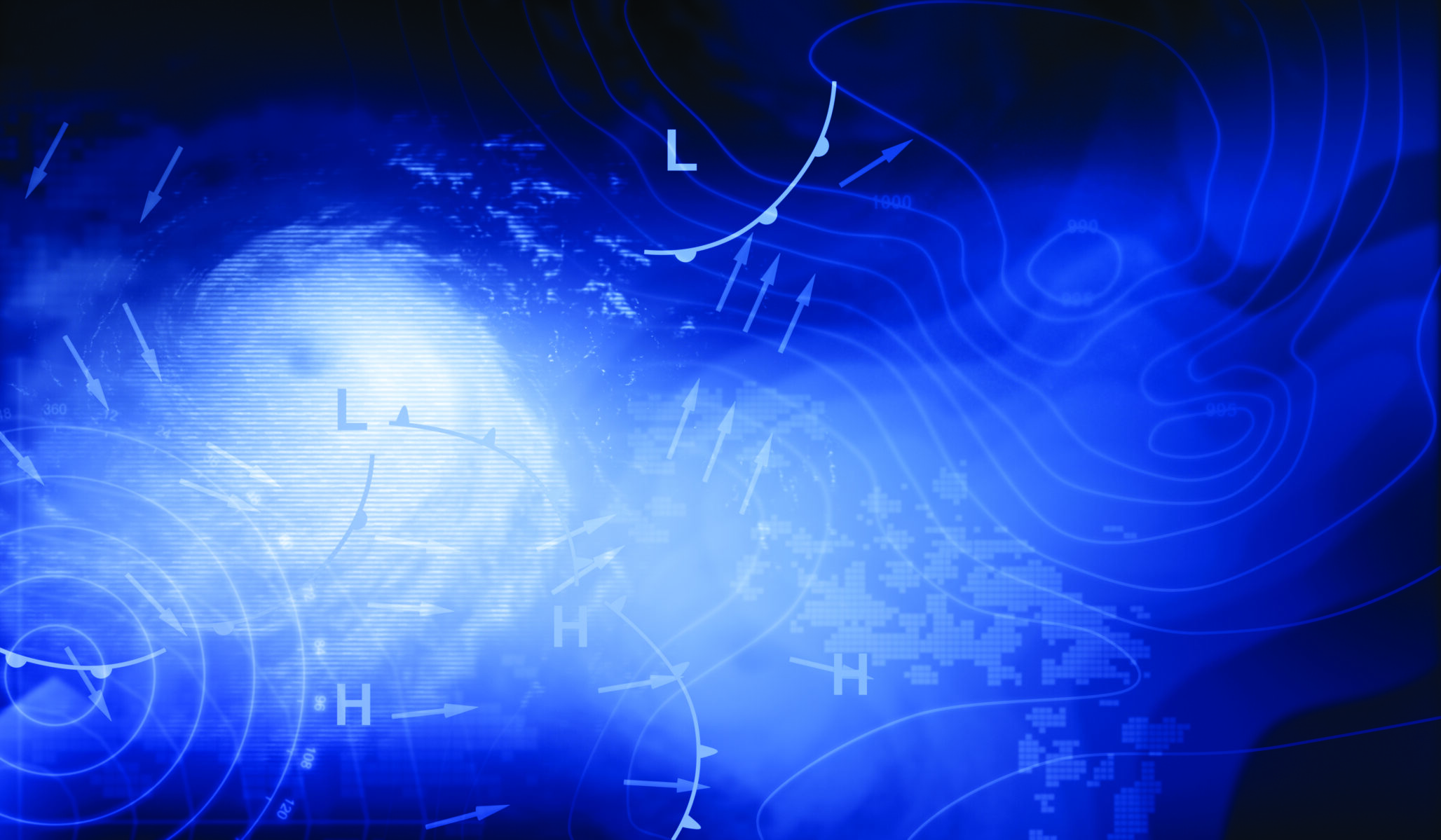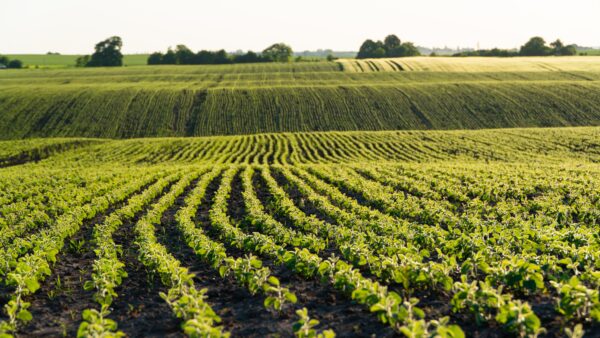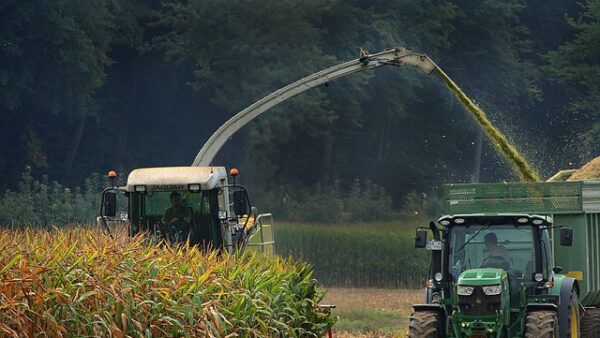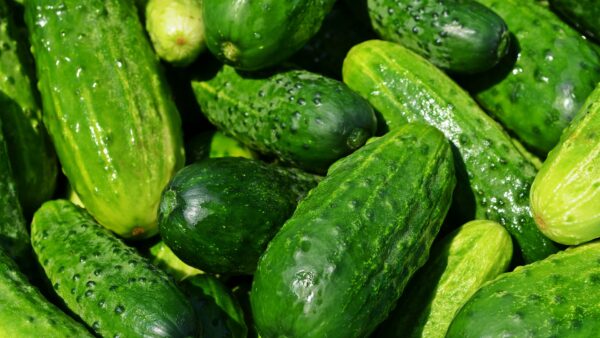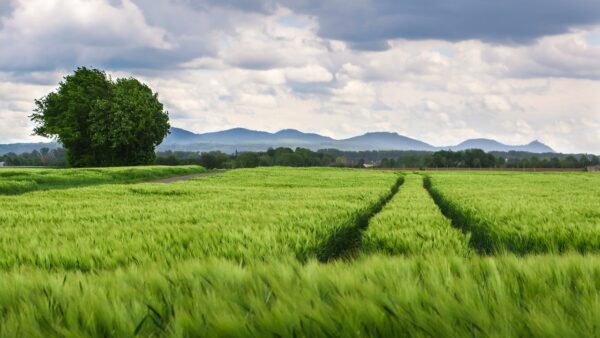Research unveils data collection robot linked to supercomputer.
North Carolina State University’s N.C. Plant Sciences Initiative (PSI) introduced a robot named BenchBot 3.0 that will be tied to PSI’s newly acquired supercomputer, the NVIDIA Grace Hopper 200, according to a NCSU news release. Together, the two tools will deliver enhanced AI-based data-collection and data analysis for agricultural applications.
The goal is to lead efforts aimed to help producers use AI to increase yields, efficiency and sustainability. The computer and BenchBot have already begun on this, as one of the Grace Hopper’s first tasks is making sense of the half million plant photos that BenchBot will take as it passes repeatedly over 500 pots of different plant species. Those photos, compiled with earlier ones taken by previous versions of the BenchBot, will develop the world’s largest open-source agricultural image repository, according to NCSU.
“The Grace Hopper … gives us the capability to train even larger-scale models to become more accurate and more predictive in nature and come up with solutions to more complicated challenges.” PSI platform director for resilient agriculture Chris Reberg-Horton said in the release.
Reberg-Horton’s team in the Precision Sustainable Agriculture network is developing technologies to help farmers make decisions on when and where to harvest, fertilize, spray for weeds and insects and more.
“Getting from photos to those applications will take powerful AI, and the NVIDIA Grace Hopper, with its ability to handle five terabytes of data per second, is just the right tool,” N.C. PSI’s research computing manager Jevon Smith said.
As the most powerful computer of its kind, the Grace Hopper will allow teams working at NC State’s campus to take on large datasets – like the images taken by Benchbot – to make more complex models and generate better solutions, faster.
“Getting computers to recognize plants, weeds and other stressors is the first step toward getting machines to detect problems or map performance,” Reberg-Horton said.
“In a lot of economic sectors, we have literally millions of images labeled so that we can train computers on tasks like driving around a city,” he said. “We don’t have that in agriculture.”
The agricultural image repository is designed to help technology developers fill that gap. Ag technology companies large and small will have access, as will anyone who uses the internet.
With earlier versions of BenchBot, Reberg-Horton said the team “has tackled about 30 of the most common weed species in North America. For cash crops, we have imaged corn, soybeans, cotton, wheat, rye, barley and oats.”
“In theory we can do about 1,000 plant pots per day, but we will test logistics slowly before going that big,” he said. “This summer will be just weeds. From October to March, we will image winter cover crop species.”
Applications will include increasing yields, reducing waste, helping reduce carbon emissions and more in the agriculture sector.
“We already have two machine learning systems, and the Grace Hopper is a new tool on a level we haven’t had before,” Smith said. “It gives us the capability to train even larger-scale models to become more accurate and more predictive in nature and come up with solutions to more complicated challenges.”
“We’ve been talking about precision agriculture for decades. We know what we want, but it’s hard to get there. The AI revolution has been a missing piece that’ll help us get there.” Reberg-Horton said.


